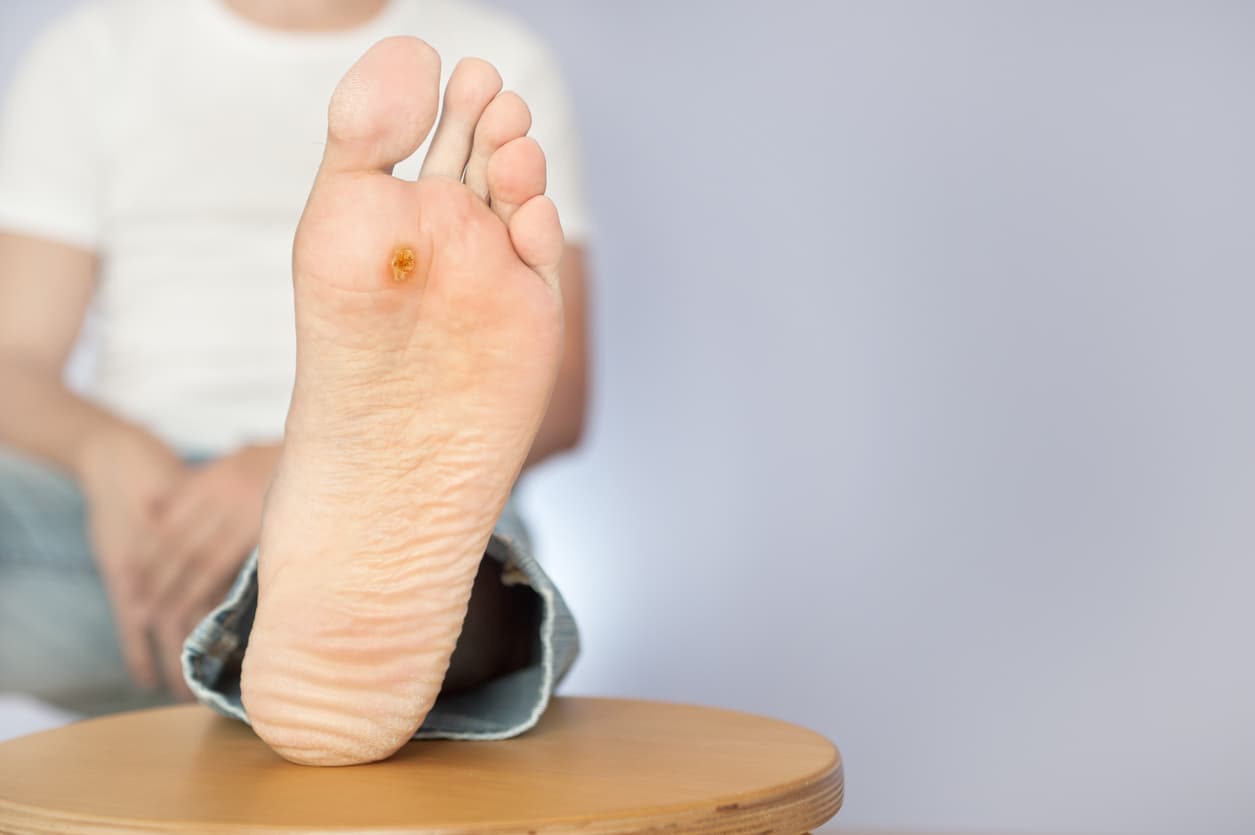Warts are small, rough growths caused by the human papillomavirus (HPV). While they are generally harmless, they can be unsightly, uncomfortable, and persistent if left untreated. These growths commonly appear on hands, feet, face, and other body parts that frequently experience contact or friction. Despite their common appearance, many individuals still wonder about the exact causes of warts, particularly whether they can arise from skin injuries.
For those seeking medical solutions such as Warts Removal in Dubai, understanding the root cause and prevention of warts is just as important as knowing how to treat them. One frequent concern revolves around the possibility of warts developing due to skin injuries like cuts, abrasions, or even minor trauma.
The Role of Human Papillomavirus (HPV)
To understand if warts can develop from skin injuries, it's crucial to explore the relationship between the HPV virus and the skin. HPV is a group of more than 100 related viruses, and several types are responsible for the development of warts. This virus thrives in warm, moist environments and can enter the body through breaks in the skin’s protective barrier. When the skin is injured—whether from a scrape, a burn, or a surgical incision—it creates an opening that makes it easier for the virus to penetrate and infect the deeper layers of the epidermis. Once HPV is introduced into the skin, it can trigger rapid cell growth, resulting in the formation of a wart.
How Skin Injuries Can Promote Wart Formation
Skin injuries, especially those involving repeated friction or pressure, can indeed increase the risk of developing warts. Damaged skin provides an ideal entry point for the virus, allowing it to bypass the body’s primary defense mechanism: intact skin. Even microtears caused by frequent shaving, nail biting, or picking at hangnails can act as potential gateways for the virus. Additionally, environments such as public swimming pools, gyms, or locker rooms increase exposure to HPV, especially when coupled with bare feet and compromised skin. People with weakened immune systems or skin conditions like eczema may also be more susceptible, as their skin integrity is often already compromised.
Types of Warts Linked to Skin Trauma
There are several different types of warts, and some are more likely to be associated with skin trauma than others.
Common Warts
Common warts, or verruca vulgaris, typically appear on the fingers, hands, or knees. These areas are often prone to small injuries and abrasions, making them vulnerable to HPV infection. Children and teenagers are especially susceptible, as they are more likely to experience cuts and scrapes during play.
Plantar Warts
Found on the soles of the feet, plantar warts can develop from walking barefoot on contaminated surfaces, especially when the skin is softened or damaged. The pressure from walking can cause these warts to grow inward, creating discomfort and pain.
Flat Warts
These smoother, flatter warts are more likely to occur on the face or legs and are commonly spread through activities like shaving. Small nicks from razors provide easy access for HPV to infect the skin.
Periungual and Subungual Warts
These appear around or under the fingernails and toenails and are often the result of biting nails or picking at the cuticles—both actions that cause minor injuries to the skin and nail beds.
Does Everyone With a Skin Injury Get Warts?
Not necessarily. While skin injuries can increase the risk, not every cut or abrasion will lead to wart formation. Several factors influence whether a wart will develop:
Presence of HPV: The virus must be present in the environment or on the skin to cause an infection.
Immune system strength: A robust immune system can often fight off the virus before it manifests as a wart.
Frequency of exposure: Repeated contact with contaminated surfaces increases the likelihood of infection.
Hygiene practices: Proper wound care and handwashing reduce the risk of HPV entering the body.
Final Thoughts
While warts are fundamentally caused by the HPV virus, skin injuries can significantly increase the risk of developing them by offering the virus an entry point into the body. Understanding this connection helps in taking preventive measures and seeking timely treatment when needed.
